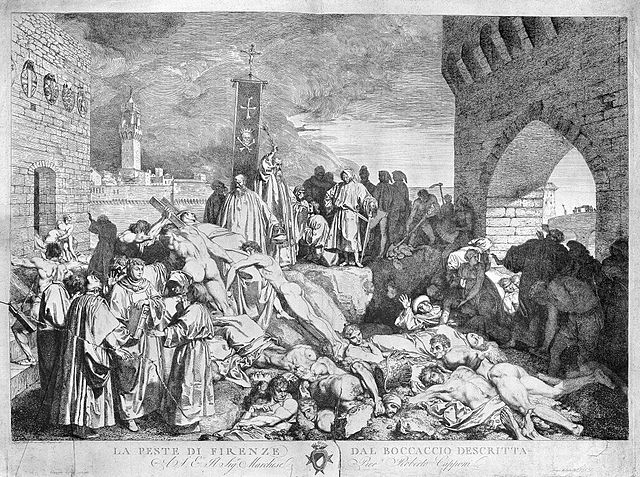The Black Death was one of the worst pandemics in human history. It is estimated that 1/3 to 1/2 of the population died due to the disease. The main outbreak of the plague lasted from 1348 to 1351 in Europe and the Middle East. But what caused the plague, and how did people deal with it? How did they get rid of the bodies of so many people? How did we get to where we are today and come back from such a tragic event? There are some things about the Black Death you probably didn’t know.

1. The Black Death Wasn’t The Only Outbreak of the Plague
The Black Death was the second outbreak of the plague. The first instance was during the Justinian Plague in the 6th century. The first outbreak wasn’t as bad as the second, but it was still widespread and deadly. After 1351, the plague continued to have epidemics throughout history until the 15th century. The first named victims of the plague during the Black Death was in 1338 or 1339 in the area of Lake Issyk Kul in Russia. A grave marker states “in the year of the hare (1339). This is the grave of Kutluk. He died of the plague with his wife, Magnu-Kelka.”
After the Black Death, the third outbreak in Europe happened in 1665 with thousands of deaths. London was struck by the Great Plague of 1665 and almost followed immediately by the Great Fire, leaving London in ruins. A third pandemic started in China and India in the 1890s and eventually reached the United States. Infections were increasingly affecting the San Francisco Bay Area. It was during this pandemic that the real cause of the plague was found and a cure was created.

